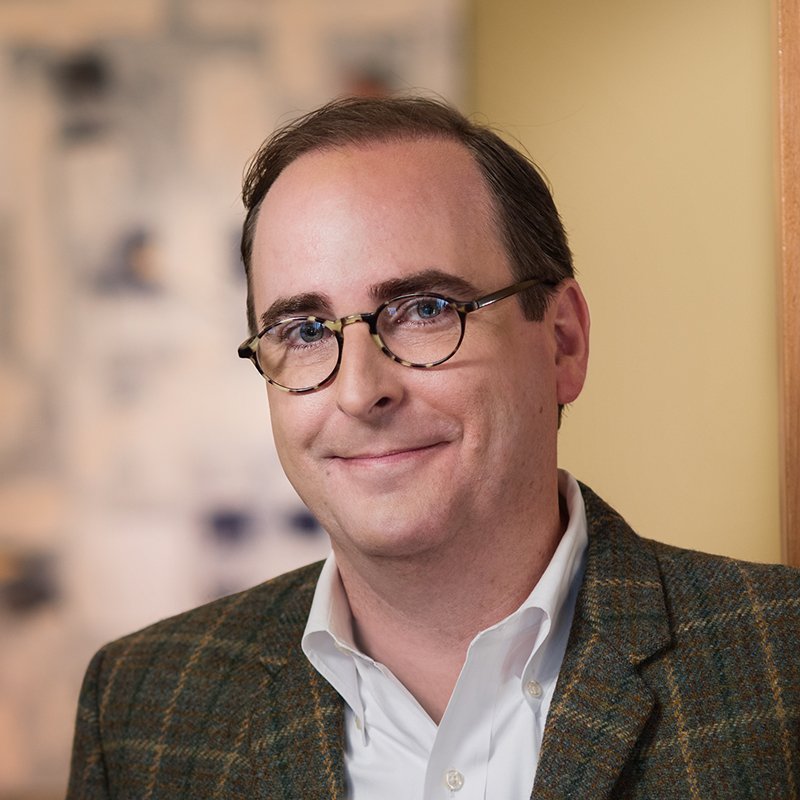Four and a half hours from home: a formula for uncertain times.
“Have any vacation plans?” That’s the leading icebreaker this time of year. It’s made me think back to the summer vacations of my youth. They involved a potent mix — Myrtle Beach and the 1970s. Part of the ritual was my dad steering our land yacht past the many-themed motels on Ocean Drive, scouting for vacancies. Having found one, he would ask the front desk to “see a room” before committing. If it passed muster, we’d haul our ice chest and Samsonite luggage in and crank up the A/C unit.
What I can’t believe is that we drove four and a half hours – without knowing where we were going to stay. I’ve checked with other people, and this was apparently normal back in the day. But now we’ve grown accustomed to planning everything. After scouring travel sites for the best deals, we “see a room” online along with photos of the lobby and amenities. We check reviews and explore the surroundings, booking well in advance. When it comes to vacation accommodations, certainty has become an expectation.
We try to achieve that same predictability at work. We write three-year strategic plans with KPIs and set annual budgets. Beyond an HR surprise here and there, we pretty much know what to expect. Until now.
There are predictions about the BBB’s impact, one study estimates a $4–6 billion loss in individual giving, another predicts a $4 billion loss in corporate giving. Meanwhile, we don’t know what tariffs will be in place tomorrow, or how they might impact our economy. We can’t comprehend how mass federal layoffs will affect government services. How funders and donors will react is TBD.
The only certainty is that demand for the services we provide is going to escalate. For many, this is like being four and a half hours from home and not knowing if we have a room for the night. I can’t promise the road ahead will be smooth, but a little behavioral science might make the ride easier.
The Problem
When the future is unclear, we simulate multiple outcomes and contingency plans. This increases cognitive load, forcing the brain to process more information and possibilities than it can comfortably manage. Over time, this leads to decision fatigue, making even small choices feel overwhelming.
Anticipatory Anxiety and the “Worry Loop”
The brain often fills in gaps in predictability with worst-case scenarios. Anticipatory anxiety arises when we mentally rehearse threats. The Default Mode Network (a brain network active when not focused on external tasks) can drive this loop, feeding repetitive thoughts about our future.
Shifting Gears
At some point, we’ve all been advised to visualize success. I’ve long held the belief that positive thinking improves outcomes, and that it’s a critical player leading to success. Turns out, I was wrong.
Research conducted by Gabriele Oettingen, a professor of psychology at NYU and the University of Hamburg, found that positive projections create a sense of emotional satisfaction. They trick our brains into feeling our goals have already been accomplished, reducing effort and achievement. Oettingen developed a way to bypass this effect called mental contrasting. The technique involves imagining a desired future, then mentally contrasting it with the reality of present obstacles.
Over the next two decades, Oettingen and her colleagues conducted dozens of studies. They eventually distilled mental contrasting into a practical technique called WOOP:
1 |
Wish - Identify a meaningful, challenging, but feasible goal. |
2 |
Outcome - Visualize the best possible result of achieving that goal. |
3 |
Obstacle - Reflect on the internal obstacle (habit, belief, emotion) that could prevent success. |
4 |
Plan - Formulate an “if-then” plan to overcome the obstacle. |
Evidence showed that this framework motivates behavior change and improves focus in academic, corporate, athletic and therapeutic settings. There’s even an evidence-based app available at woopmylife.org.
Whatever your route through present times, know this: while today’s circumstances are not okay, they are also not permanent. There’s good that needs doing, and the business of nonprofits will go on. And yes, we will find a place to rest and refuel for the rest of our trip.
Sincerely,
Kevin


